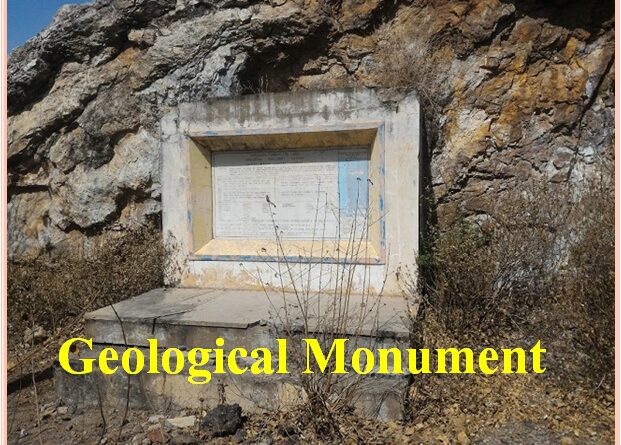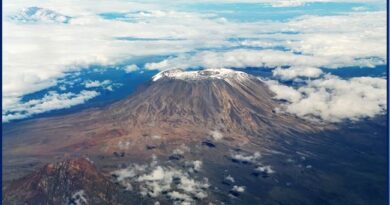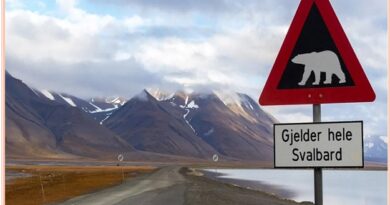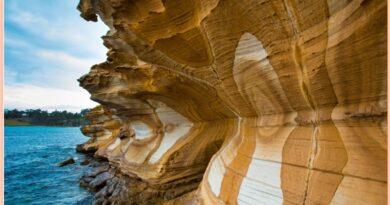A forgotten Gossan-rich monument in India-The Rajpur-Dariba Mineralised belt
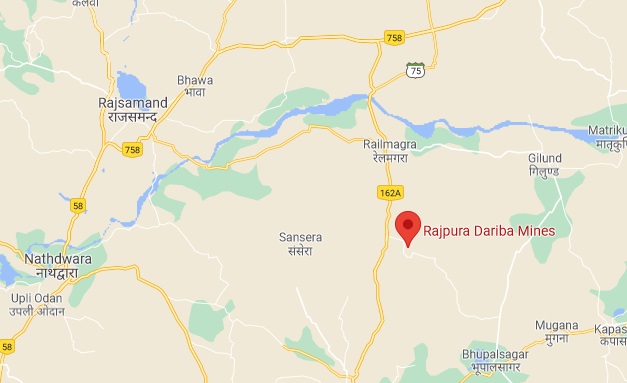
Rajpur Dariba Geoheritage site
A spectacular in-situ zone of gossan is found in the form of a ridge cap between Dariba and Rajpura villages of the Udaipur district. It is a unique world-class gossan formation that acts as the principal guide and indicator of the base metal mineralization of Zn-Pb-Cu-Ag deposits in this area.
The gossan here is intensely oxidized, weathered, decomposed rock consisting of erosion-resistant iron oxides and quartz, giving it a reddish-brown, orange or yellow color. The mineralization is confined to graphitic mica-schist, dolomitic marble, and cherts of the Pre-Aravali group.
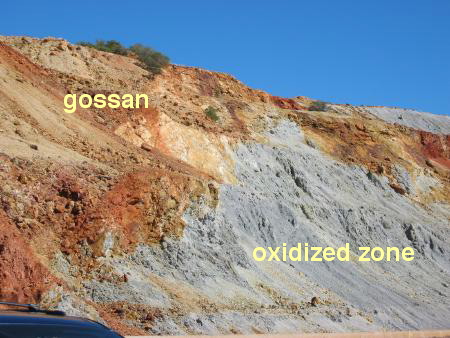
The chief ore minerals are sphalerite, galena, and chalcopyrite with minor amounts of pyrite, pyrrhotite, and arsenopyrite. In ore, zinc is the dominant base metal here followed by lead and copper. The gossan is formed in this area due to extensive chemical weathering and pervasive oxidation of the sulfide deposits through the prolonged geological period and under favorable climatic conditions.
Rajpura-Dariba is a typical area for the study of oxidized ores and is declared as a geological monument by the Geological Survey of India in collaboration with Hindustan Zinc Limited.
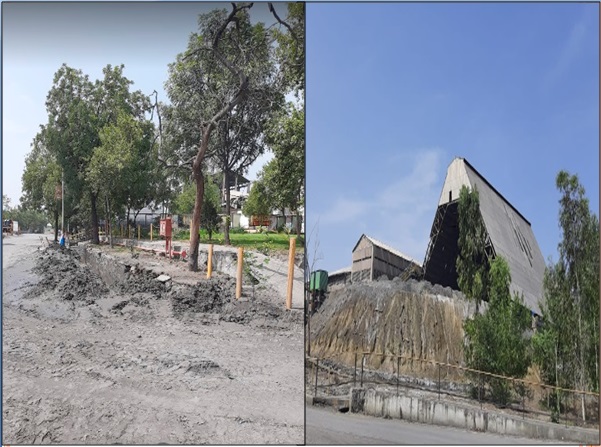
Stratigraphy
Rocks of Bhilwara Supergroup are endowed with some of the best zinc lead-zinc mineralization in Rajpura-Dariba. One of the zinc-lead mines of Vedanta Resources (Hindustan–Zinc Ltd, HZL); within the Rajpura-Dariba Group of rocks is located at Sindesar Khurd. The ore bodies occur as stratabound exhales in the volcano-sedimentary rocks like marble, tuffaceous/calcareous/carbonaceous mica schist, and acid-basic volcanic.
Also, read- The uncommon mantle-derived ultramafic volcanic rock “Komatiite”
Rajpura-Dariba group of rocks overlie gneisses and schists belonging to the Archaean crystallines. It is made up of an inter-bended sequence of tuffaceous mica-schist / ash beds, carbonaceous and argillaceous schist.
Stratigraphically rock types of Rajpur Dariba have been divided into three main lithostratigraphic units from base to top namely as- Lower unit, middle unit and upper unit.
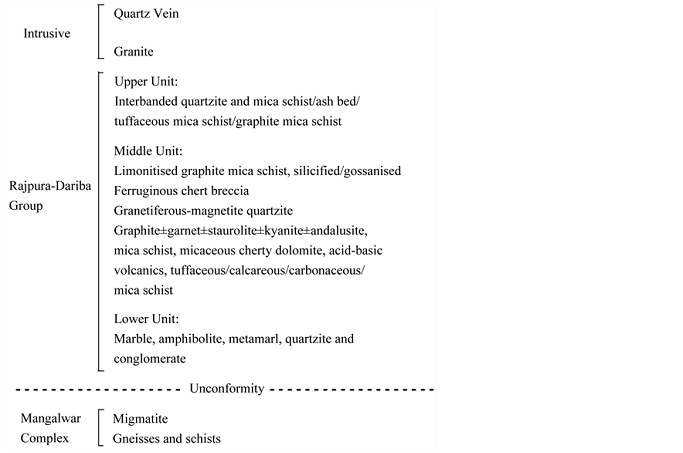
What is Gossan
Gossan is an oxidized cap formed due to extensive chemical weathering and pervasive oxidation of the sulfide ore body through prolonged geological periods under favorable climatic and non-reactive host rock conditions. In fact, the Rajpura-Dariba multi-metal deposit was discovered because of this gossan, which is a favorable guide to search for an underground ore deposit. The chief primary ore minerals at this deposit are sphalerite, galena, and chalcopyrite with minor quantities of several ore minerals.

The gossan has been formed due to extensive chemical weathering and pervasive oxidation of the sulfide ore bodies through prolonged geological periods and under favorable climatic conditions. In Rajpura-Dariba the oxidation is found to extend to a depth of 40 m in the southern part to about 400 m in the northern part.
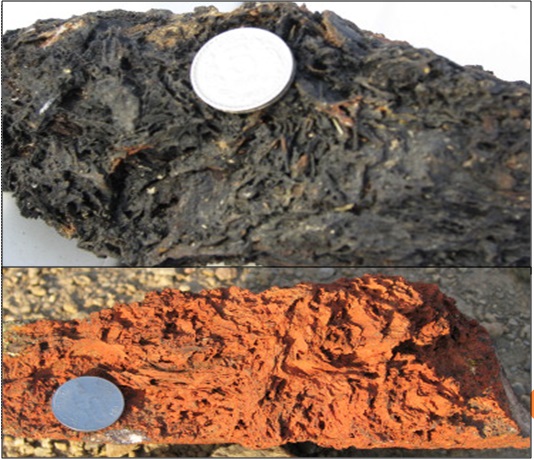
The gossan shows different types of box works, spongy textures, and voids. Several supergene minerals also display colloform texture and various stages of pseudo-morphism after the sulfides. Various colors and structures are assumed by the supergene minerals that are original sulfide minerals.
